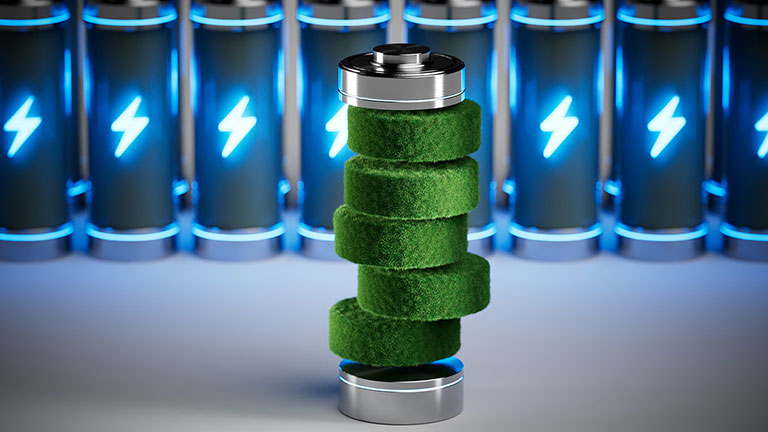The growth of IoT depends on billions of sensor nodes that must operate reliably without frequent maintenance. Powering them through traditional batteries alone is costly and unsustainable, especially when replacements are required at scale. Energy harvesting offers an attractive path toward self-sustaining devices, enabling sensors to draw power from their surrounding environment light, motion, heat, sound, or even radio waves.
Yet, deploying energy harvesting systems is not without hurdles. Limited standards, variable energy sources, and integration complexity raise questions around long-term reliability and return on investment. Selecting the right harvester technology depends heavily on the environment in which the sensor will operate.
Choosing the right energy source
Energy harvesters have infrastructure-specific physical phenomena, and their utility strongly depends on the situation:
- Photovoltaic (PV): Good in the presence of light, including new-generation indoor PV cells capable of producing electricity at just 50 lux.
- Vibration/kinetic: Good where there is some regular motion involved-type actions on the roads, or in machinery environments.
- Thermoelectrics (TEG): How does this generate power? Temperature difference, obviously, which is why it finds use in industries or on the wearer.
- Acoustic: Uses sound waves. Probably better in a noisy industrial setup.
- RF energy harvesting: From Wi-Fi sources, cellular, or even dedicated transmitters, they usually provide very low powers, just enough to wake a device.
Therefore, to power devices capable of some form of heavy industrial application, it is generally necessary to instrument several harvesters acting simultaneously, depending on conditions of daylight, silence, and noise-this, in fact, introduces added complexity to design.
Building blocks of self-sustaining IoT nodes
An energy-harvesting IoT node contains:
- Harvester/s- for gathering ambient energies.
- PMIC- to regulate, store, and distribute energy.
- Energy storage- battery or capacitor to buffer power.
- Sensor, MCU/SoC and wireless interface- for low-power operation.
The new PMICs have become increasingly versatile now, supporting a variety of harvester types and enabling their dynamic optimization. When complemented with features such as the Maximum Power Point Tracking (MPPT), ultra-low quiescent currents (sub-100 nA), and adaptive duty cycling, the nodes are able to effectively optimize performance with respect to erratic energy input.
Choosing storage depends on the application’s requirements:
- Batteries: High energy density, therefore, good for sustained powering, but lifespan in terms of charge cycles is limited.
- Capacitors (including supercapacitors): They can charge and discharge quickly and have a very long lifecycle, but low energy storage.
Leakage currents, environmental condition, and duty cycle also decide which is the best option. Real testing is a must, as datasheet specifications can never accurately predict real operating environments.
Energy management in action
Moving beyond the hardware, there is a rise in advanced software techniques. Reinforcement learning (RL) allows energy allocation to be optimized by teaching sensor nodes when to send data, when to go into sleep mode, and how to adjust power depending on the energy available. Machine learning merges with the efficiency of hardware to make IoT systems more autonomous, thus improving resilience.
Toward a sustainable IoT ecosystem
Energy harvesting could potentially eliminate its frequent replacement, reduce environmental damages, and thus extend the lifetime of the device. Success lies in an all-encompassing design approach that involves choices such as ultra-low-power components, energy-efficient communication protocols, and adaptive power management capable of handling the variability of real-world conditions.
Any IoT device that is to become truly self-sustaining needs just the right harvesters working along with smart PMICs and optimized storage.
(This article has been adapted and modified from content on Avnet.)






